This blog ain’t for those looking for premade business ideas or models that they can simply implement and make quick bucks out of but what I am going to share here is a strategy or a technique that has been used since 1900’s.
What I am going to share here is not a self made concept but a working strategy which i have personally seen working and tried myself in my current business journey.
This strategy or techniques can not just be used in new business ideas but can also be in the services industry or your work or anywhere you feel has more room to grow.
I am once again telling you this blog is not for those looking for pre formed new business ideas, this is me A Brawin Rajadurai author of this Blog, personally writing this blog so that I can shape ideas and build myself as I grow.
The Missing link behind most New Business Ideas
This is a strategy or you can call this a technique that I personally have been observing for quiet some time and this technique never seizes to amaze me do you know Why?
Because this technique works every single fucking time, not just because of the business or the idea only because of this technique as long as you do your due diligence right.
This trick has worked for road side business vendors to multi billion dollar MNC’s and even Tech Startups,
The big technique that I am blabbering till now was benchmarking a real life proven technique or strategy that has made Google roughly 50-60 Billion Dollars till date.
Lets take Flipkart an Indian E-commerce brand that was originally Benchmarked from the E-commerce Giant Amazon except Flipkart was built to adapt to the Indian Consumer market.
Till date Flipkart has made a revenue of 45-50 billion dollars just by targeting Indian consumer market that would be Roughly 3.75 Lakh Crore in Indian Rupees.
These numbers just keeps getting higher depending of how small or big the game you are willing to play.
You do not need to find or invent any New Business Ideas, all you need to do is find the already working business model that may be product or even services in the market and Literally just Benchmark them.
Here benchmarking does not literally means copying but taking inspiration or ideas from that exact businesses or services and find the best possible way you can grow them in your own way or let say same idea but a different approach to the market.
Like Google did in the year 2006, Google Benchmarked Microsoft at that time and created a fully cloud based System for the exact same thing that Microsoft was doing with Excel, Powerpoint, And even word.
So lets breakdown what google actually did instead of building new business ideas:
Benchmarking Microsoft Office: Google’s Strategy Breakdown

1. Identified the Market Leader
- Microsoft Office dominated with Word, Excel, and PowerPoint.
- Google recognized a huge, profitable market with locked-in users and outdated software-based models.
2. Spotted Pain Points in Microsoft Office
- Heavy, offline-based software.
- Expensive licenses (one-time purchases or later subscriptions).
- Poor collaboration (especially for remote teams).
- Complex installation and compatibility issues.
3. Created Cloud-Based Alternatives
- Launched Google Docs & Spreadsheets (2006), later expanded to Slides.
- Entirely browser-based: no installations required.
- Light, fast, and cross-platform (PC, Mac, Android, etc.).
4. Shifted the Business Model
- From Microsoft’s paid software ➝ to Google’s freemium SaaS model.
- Offered Docs, Sheets, and Slides for free to individuals.
- Monetized through Google Workspace for businesses and schools.
5. Focused on Real-Time Collaboration
- Introduced real-time multi-user editing — a game changer.
- Auto-save and version history made collaboration seamless.
- Became the default choice for teams and students.
6. Integrated with Google Ecosystem
- Deeply connected with Gmail, Drive, Calendar, Meet, etc.
- Made it easy to share, store, and manage documents in the cloud.
7. Optimized for Mobility and Simplicity
- Available on mobile, tablets, and low-spec devices.
- UI/UX focused on simplicity over features — winning over mass users.
8. Captured Educational and Startup Segments First
- Gained dominance in schools, universities, and startups.
- Built long-term brand loyalty from students → professionals.
9. Scaled Monetization with Google Workspace
- Targeted SMEs and enterprises with premium features.
- Charged for admin tools, advanced security, custom domains, and support.
10. Turned a Disruptive Product into a Billion-Dollar Business
- Over time, Workspace became a $5B+ annual revenue stream.
- Flip in narrative: from “free alternative” to enterprise-grade software.
So Google did’nt do much here They just Found a Dominant market leader, found the pain points in it and simply built something without those pain points, simple as that.
This might sound simple but the work that is actually put behind all these effort is what deserves the claps.
What Benchmarking Taught Me That Market Research Didn’t
Market research in something that teaches you what is trending whereas when you take benchmarking it tells you why that something is working.
Benchmarking is not about copying a brands moves or adapting to metrics it is about the psychology behind businesses that have scaled, struggled, or succeeded in a way you admire.
Benchmarking does not always need to be new business ideas but they can be Production process, supply chain management, design, technology, idea, even personalization models as long as your motives are right.
5 reasons why benchmarking is better than looking for New Business Ideas:
- Skip the Guesswork
You already know the market wants it. No trial-and-error needed. - Reduce Time-to-Market
You can launch faster because you follow a market proven Strategy - Lower Financial Risk
You don’t have to invest in the expensive Research and Development process. - Better Iteration
You can get a feedbacks on what the consumer actually wants. - Local Advantage
You can customize your version—serve regional tastes, languages, or pricing structures.
Real World Success Stories
These brands didn’t just benchmark the business but an idea, a Model, a process. you do not need new business ideas or expert research and development team to break down a market and find out the needs or wants of the consumer you can just start by benchmarking your competitors.
Toyota vs. Ford
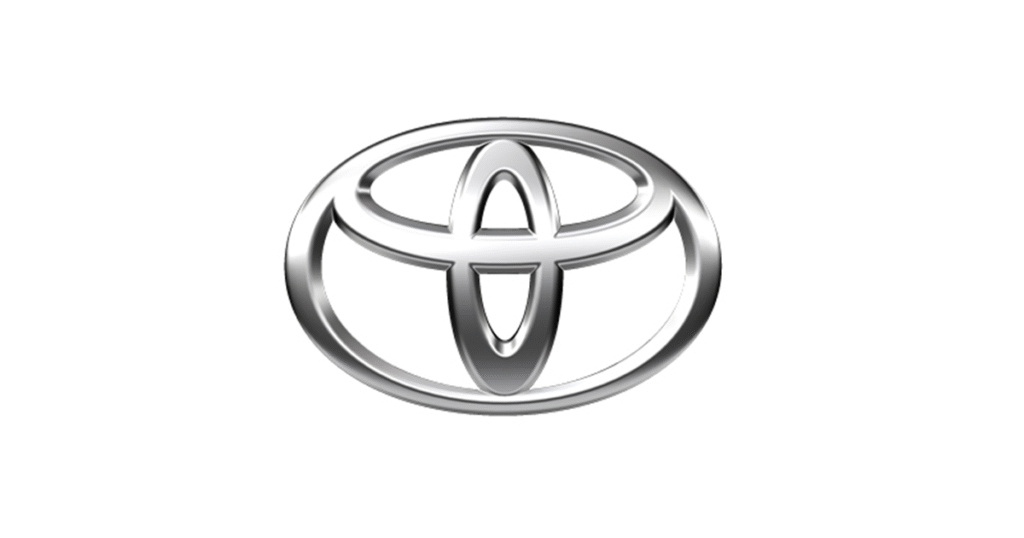
In the late 1950’s Toyota was struggling in post-war Japan. They produced cars in small batches with limited resources, that came nowhere closer to American Giants like Ford.
What they actually did was Toyota engineers studied the fords assembly line process in depth and benchmarked the principles behind it- Mass production, Specialization, and line balancing.
what they did differently was adapted the fords system to create the Toyota Production System (TPS), introducing just in time manufacturing and kanaba System, they focused on eliminating waste and improving process
The results were outstanding they didn’t become a Ford copy but they a benchmark in itself. now their system is globally admired.
Lesson: Benchmark ideas, not execution. Customize them to your context.
Apple Benchmarking Sony, Microsoft, and Amazon
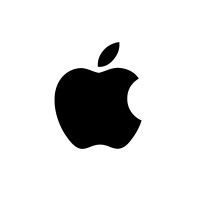
Apple is one among the most valuable companies in the world just think, even a giant like apple benchmarked something from Sony, Microsoft, and Amazon
In the early 2000’s Apple was a struggling company whereas Microsoft had the best app ecosystem, Sony was the pioneer in gadget designs.
Apple didn’t just simply copy them but apple integrated Hardware+Software+Ecosystem in a seamless way for the best user experience. Focused on design-thinking and vertical integration that no one else was offering.
Apple didn’t just benchmark their ideas but they became a Benchmark themselves by going all the way beyond their limitations.
Ola Cabs – Benchmarking Uber

Ola didn’t just start a Ride booking service, they went beyond that and adapted to the needs and wants of the Indian Market, by focusing on auto rickshaws and two wheelers in Tier 2 and Tier 3 cities, Built in cash payment systems, and also introducing Ola share and Ola Rentals adapting to local affordability needs
Ola not just Rivaled Uber but also, Ola emerged as a formidable homegrown rival to Uber, dominating the Indian market with localized innovation and infrastructure.
boAt – Benchmarking JBL, Sony for Style, Pricing for India
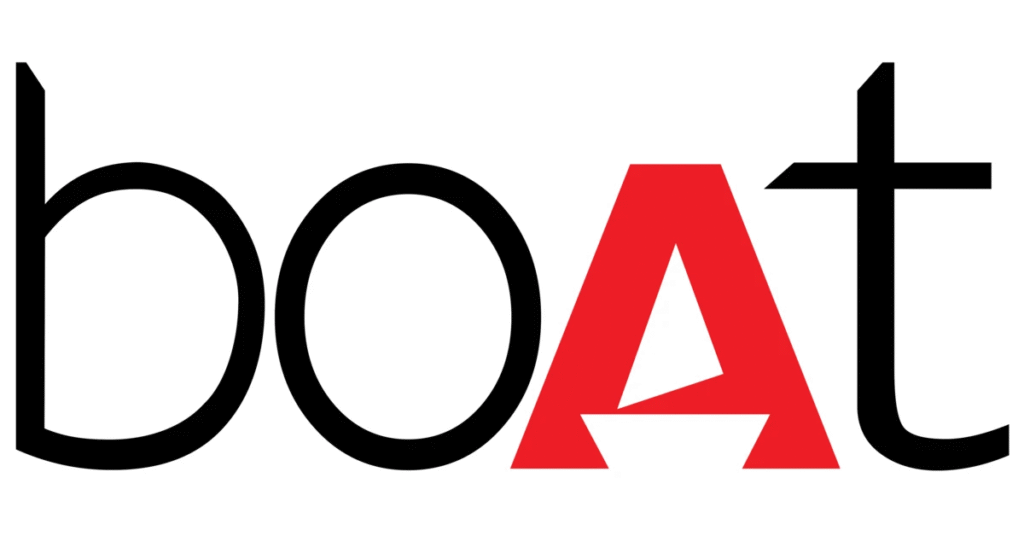
Boat didnt just benchmark JBL, or Sony but they actually Positioned themselves as a fashion-tech brand, not just electronics they Offered affordable pricing with stylish design for Indian youth and also Focused on online marketplaces like Amazon, Flipkart instead of physical retail.
the outcome was boAt became India’s top-selling audio brand, beating multinational competitors.
Zomato – Benchmarking Yelp + Uber Eats
Zomato didn’t just benchmark these Brands but built a Comprehensive restaurant Eco-system for Food Delivery from discovery to delivery to cloud kitchens.
Zomato benchmarked the Food discovery system of Yelp and the Delivery System of uber eats making a more refined and adapted version for the Indian Audience.
Zomato didn’t just Copy they benchmarked an idea and adapted it for the Indian Market, thats how Zomato became one of the first Indian Tech Startups to go Public.
Are You Ready to Implement?
you do not often need new business ideas to start earning or millions in investment for market research and development you can simply start today by using the Benchmarking strategy.
- Pick a niche
- Analyze two or three leaders
- Discover gaps they miss
- Create your version
- Launch small
- Iterate and scale
You’ll be building on a foundation of proven success, not hoping for it. That’s what makes this more than strategy—it’s a shortcut to real results.
Real talk: I’m not here to preach theories. I’m building my path just like you.
If this strategy sparked an idea, don’t scroll past it—act on it.
Got questions or thoughts? Drop them in the comments.
Let’s build smarter, not harder.
This space isn’t built on what I’ve done — it’s built on what I’m becoming. Every word here is a reflection of where my mind is heading — in business, in ideas, in ambition If you want to be a part of that journey and see where it leads click Here
To learn More about me my ideas Click here
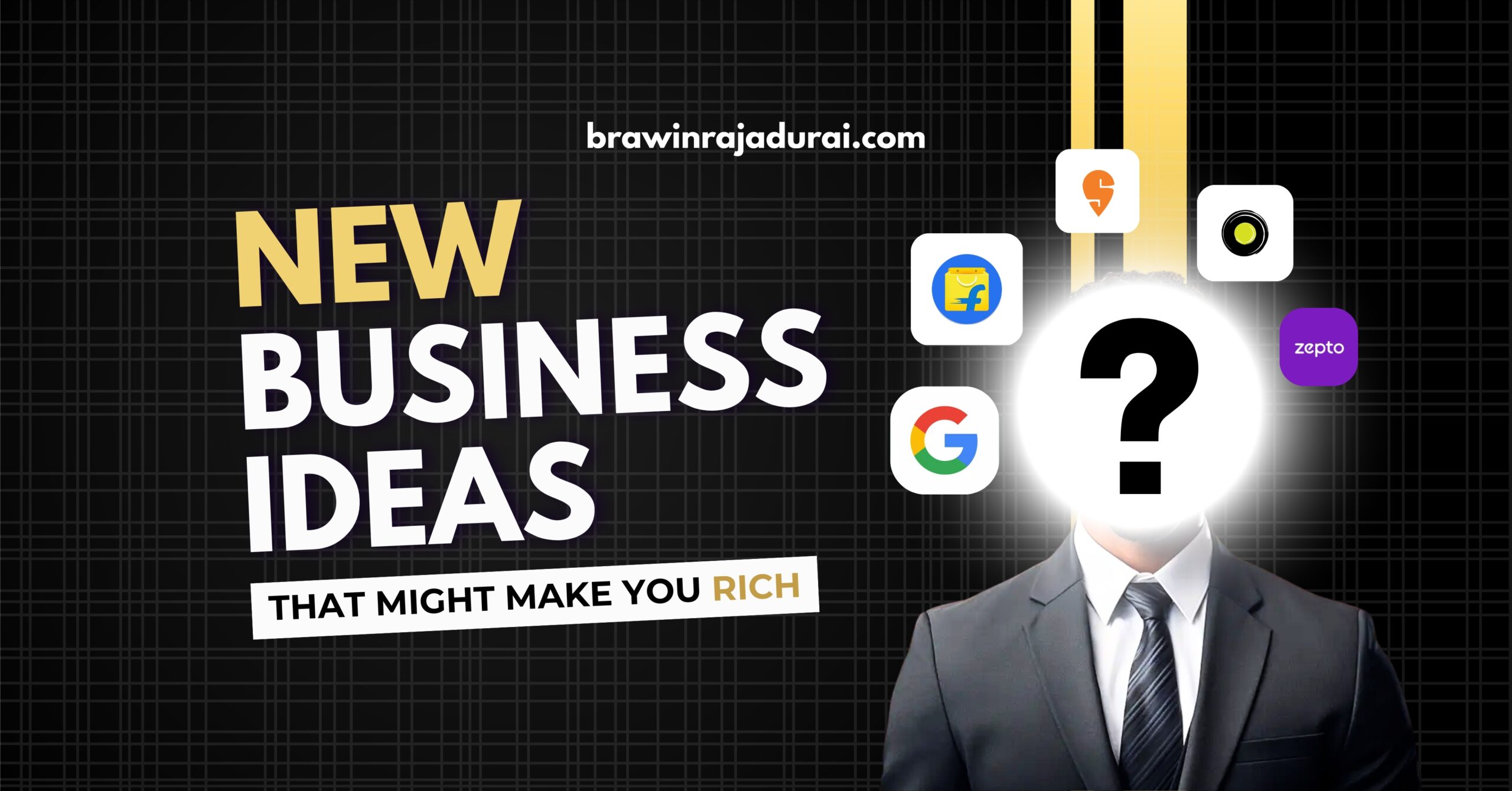
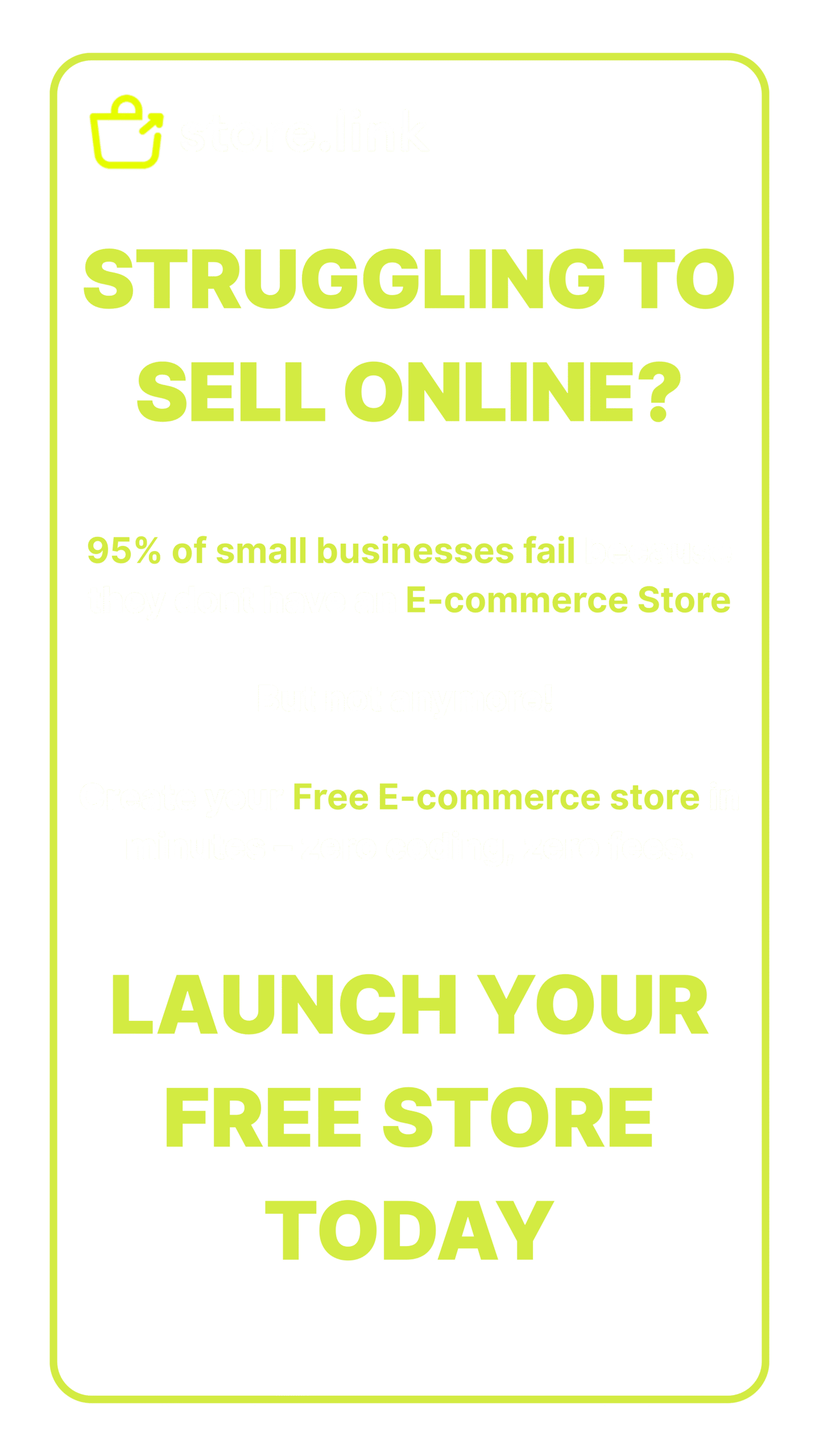
0 Comments
Trackbacks/Pingbacks